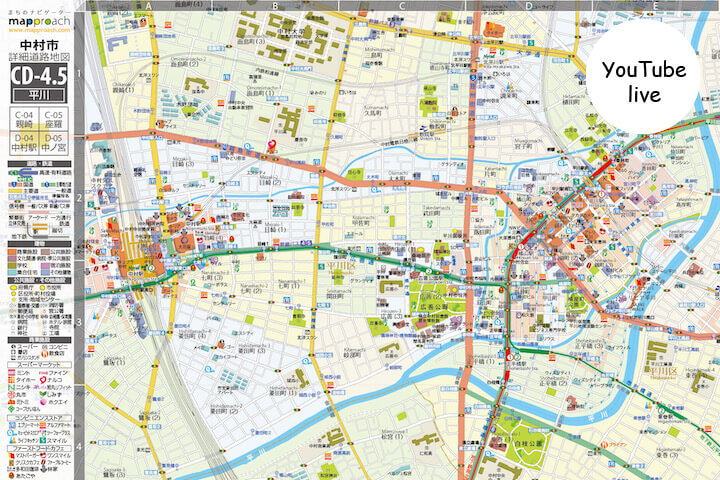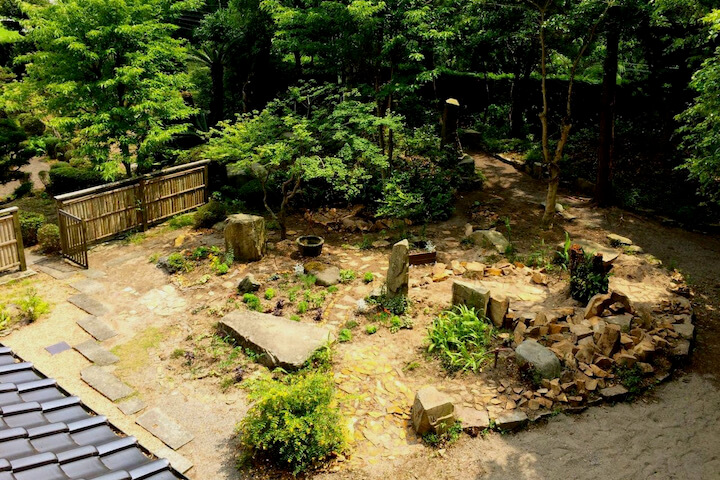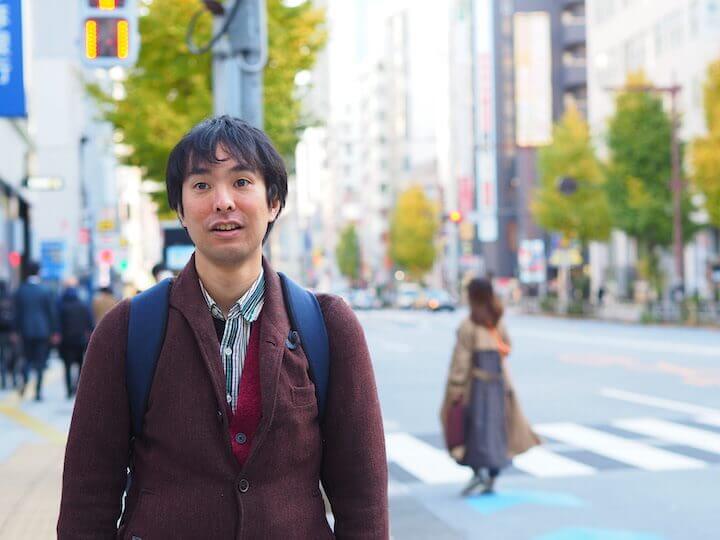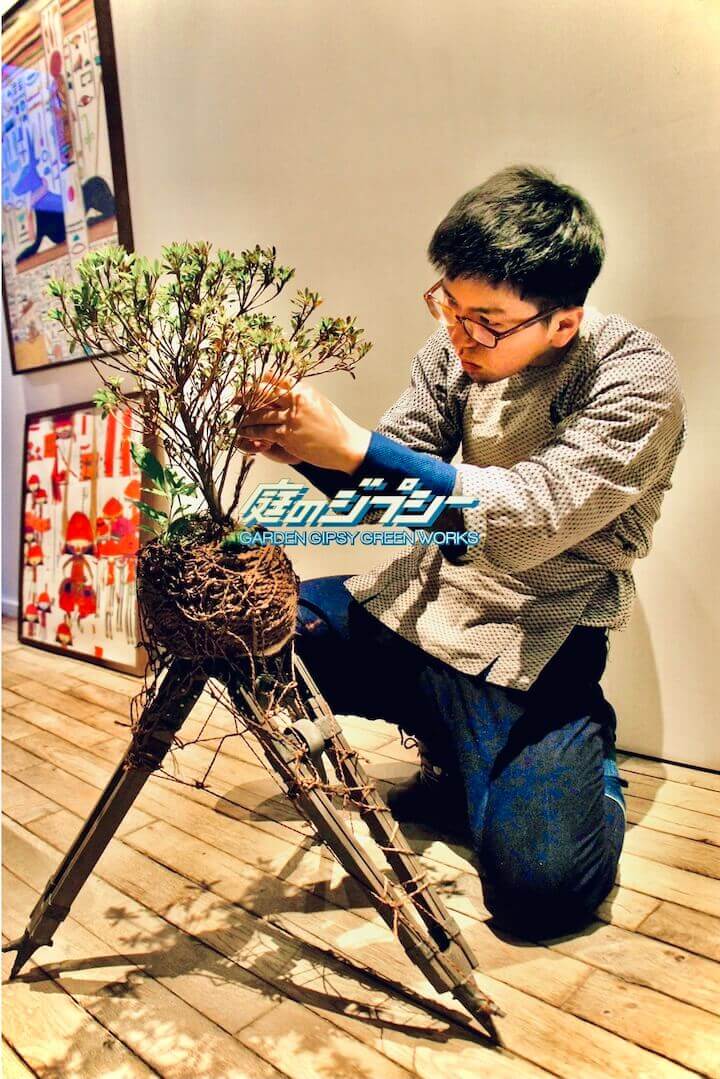未選択
Fantasy Cartographer × Nomadic Gardener: “Talking Spaces”

Guest☞ Chirijin (Fantasy Cartographer), Yohei Hashiguchi (garden gypsy)
Host ☞ Kyoto Experiment Co-directors
This is a talk between Chirijin (“Geography man”), a self-styled “fantasy cartographer” who constructs spaces by drawing maps of imaginary cities, and Yohei Hashiguchi, a garden designer who travels around the whole country creating his microcosmic gardens. Hashiguchi is also involved as a scenographer in Ayaka Nakama’s work for the Shows program. Cartography and garden design are both areas that have numerous elements in common with expressions in performing arts of various genres; this talk promises to uncover many such connections.

3.13 (Sat) 15:00-17:00
Online
Click here to watch the live stream on youtube.
Language: Japanese only
Chirijin
Japan

Chirijin (literally, Man of Geography) is a cartographer of fictitious places who began creating maps of nonexistent cities from the age of seven. During his time at university, he traveled to three hundred cities in the forty-seven prefectures of Japan, and his fantasy maps with the feel of places around Japan have been exhibited at museums around the country as works of contemporary art. His exhibitions include “Traveling with Glasses” (2018) at the Shizuoka Prefectural Museum of Art and other locations, and “Wandering, Mapping” at the Museum of Contemporary Art Tokyo (2019). His publications include Imaginary Maps for Everyone (2013) and Decoding the City from Our Cartographic Sense—A New Way of Reading Maps (2019).
Yohei Hashiguchi (garden gipsy)
Japan

Born in Kirishima, Kagoshima, in 1986, Yohei Hashiguchi graduated from the Department of Design at Nihon University College of Art. He later joined a landscaping firm in Setagaya, Tokyo, and was responsible for garden and landscape design. After four years of working in horticulture, he went freelance from the start of 2014 under the name of garden gipsy. He travels around Japan to learn from the techniques and approaches of various artisans, and receives commissions for gardening and other small design projects. In his design, regardless of the scale or location, he prioritizes local materials in a nomadic working style, and synchronizes with the spatial differences, terrain, water channels, and flow lines of wind, light, and people. His major
















